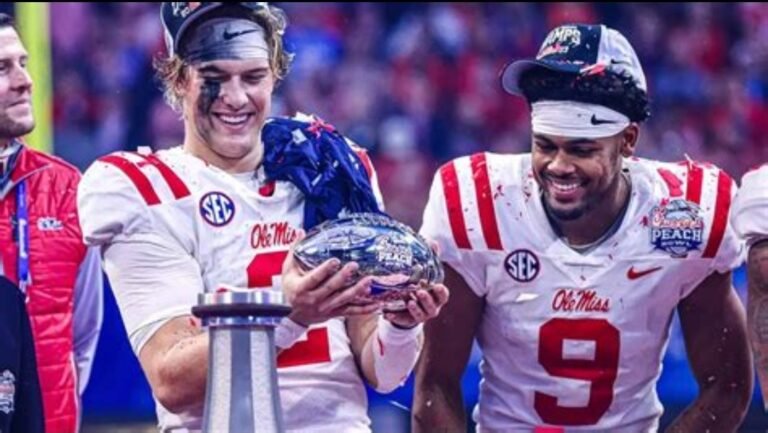In response to the evolving financial landscape of college athletics, the University of Mississippi (Ole Miss) is implementing strategic measures to ensure sustained success and competitiveness.
These initiatives address impending financial obligations and position the university as a leader in supporting student-athletes.
Anticipated Financial Commitments
Pending approval of the House vs. NCAA settlement, Ole Miss, along with other institutions, is preparing to distribute approximately $20–22 million to student-athletes starting in the 2025–26 academic year. This significant financial commitment underscores the university’s dedication to its athletes and compliance with emerging regulations.
Strategic Leadership Appointment
To navigate these changes effectively, Ole Miss has established a new leadership position: Senior Associate Athletic Director for Strategy and Cap Management. Matt McLaughlin, formerly of the Ole Miss Athletics Foundation, has been appointed to this role. McLaughlin’s responsibilities include shaping the financial strategy for student-athlete recruitment and retention, overseeing Name, Image, and Likeness (NIL) opportunities, and developing revenue-sharing models. His role also involves collaborating with coaching staff to optimize scholarship allocations and spearheading fundraising initiatives.
Operational Adjustments and Revenue Generation
In anticipation of increased expenses, Ole Miss is implementing budget reductions across various departments and reassessing existing resources allocated to student-athletes. Recognizing the importance of revenue generation, the university is exploring innovative strategies to bolster financial support. One such measure includes a $25 increase in season ticket prices for the 2025 football season, corresponding with an unprecedented eight home games. This adjustment maintains the per-game pricing consistent with the previous season, offering fans enhanced value.
Economic Impact and Future Outlook
The 2024–25 football season had a substantial economic impact, generating over $325 million for the local economy. Record-breaking attendance at Vaught-Hemingway Stadium contributed significantly to this figure, benefiting local businesses, hotels, and restaurants. This economic boon highlights the symbiotic relationship between the university’s athletic success and community prosperity.
As Ole Miss adapts to the shifting financial dynamics of college athletics, its proactive strategies aim to ensure continued excellence both on and off the field. By investing in leadership, adjusting operational budgets, and enhancing revenue streams, the university is poised to navigate the complexities of modern collegiate sports successfully.



